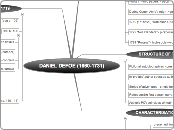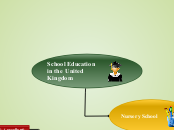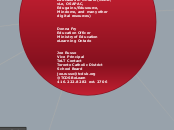door Kim Thompson 6 jaren geleden
389
Constructionism
Constructionism, a theory developed by Seymour Papert, emphasizes a learner-centered approach where students are active participants in their education. Contrasting with traditional teacher-centered methods, this theory advocates for discovery learning, where students build on their existing knowledge to gain new insights.









